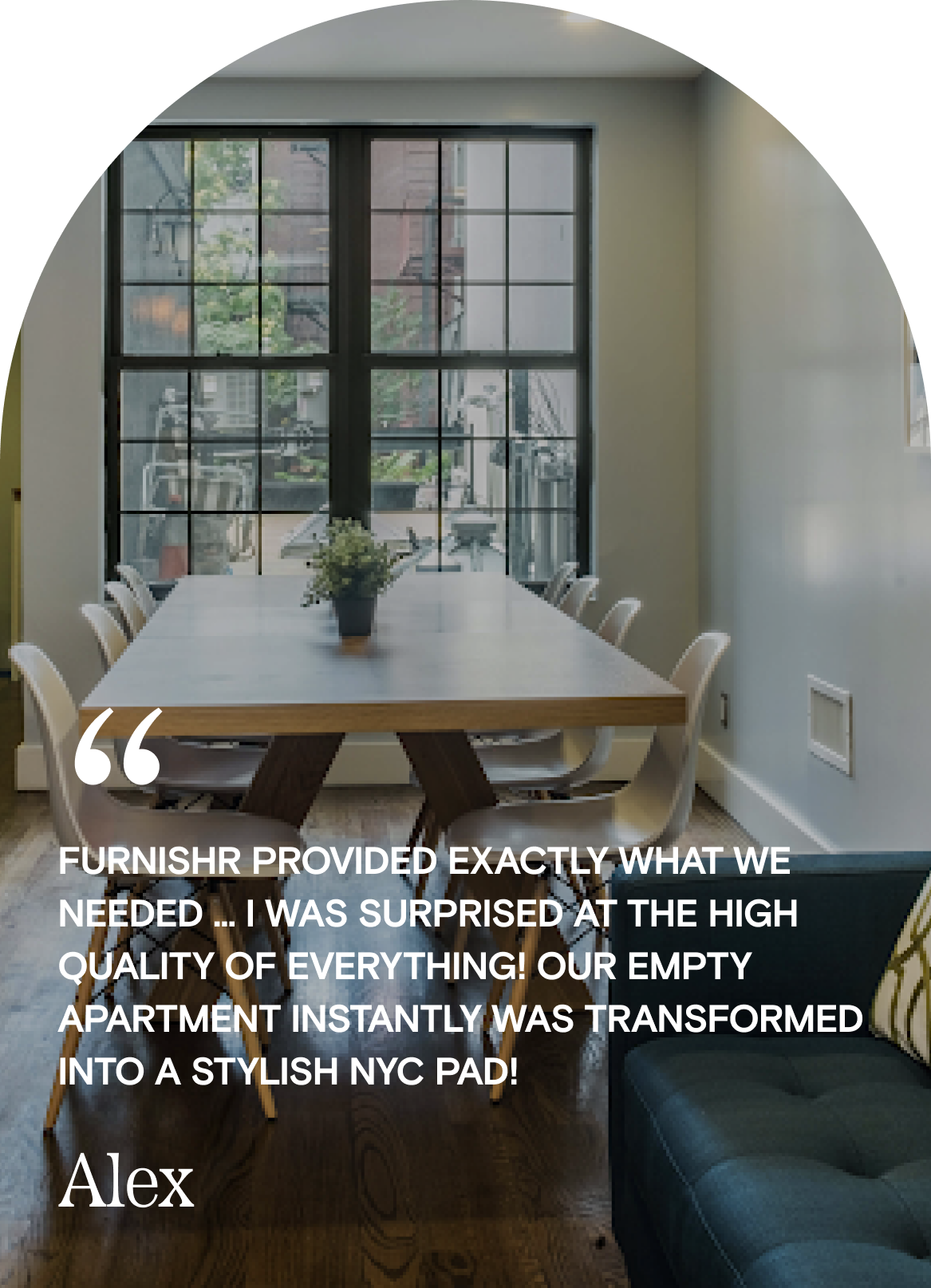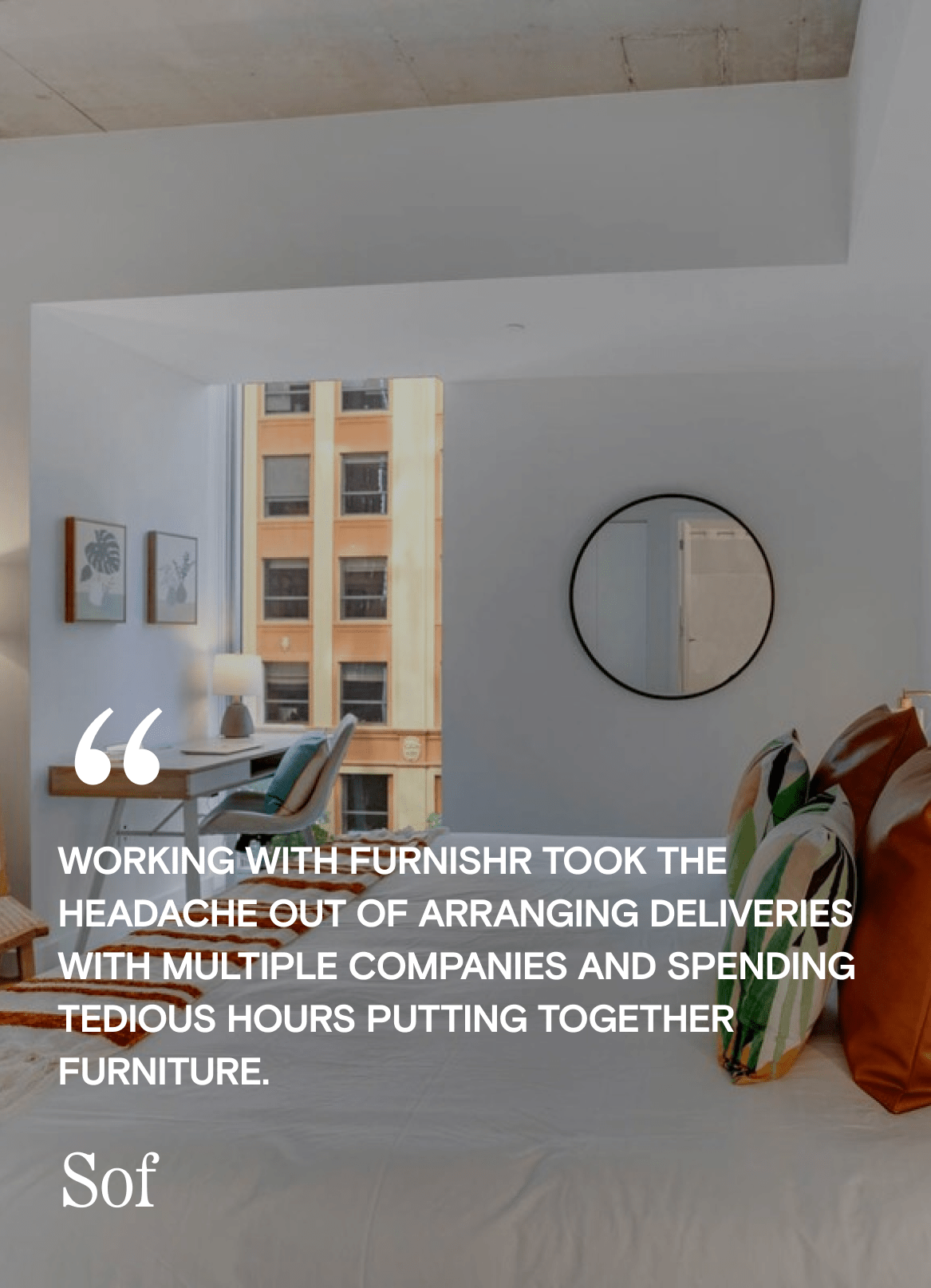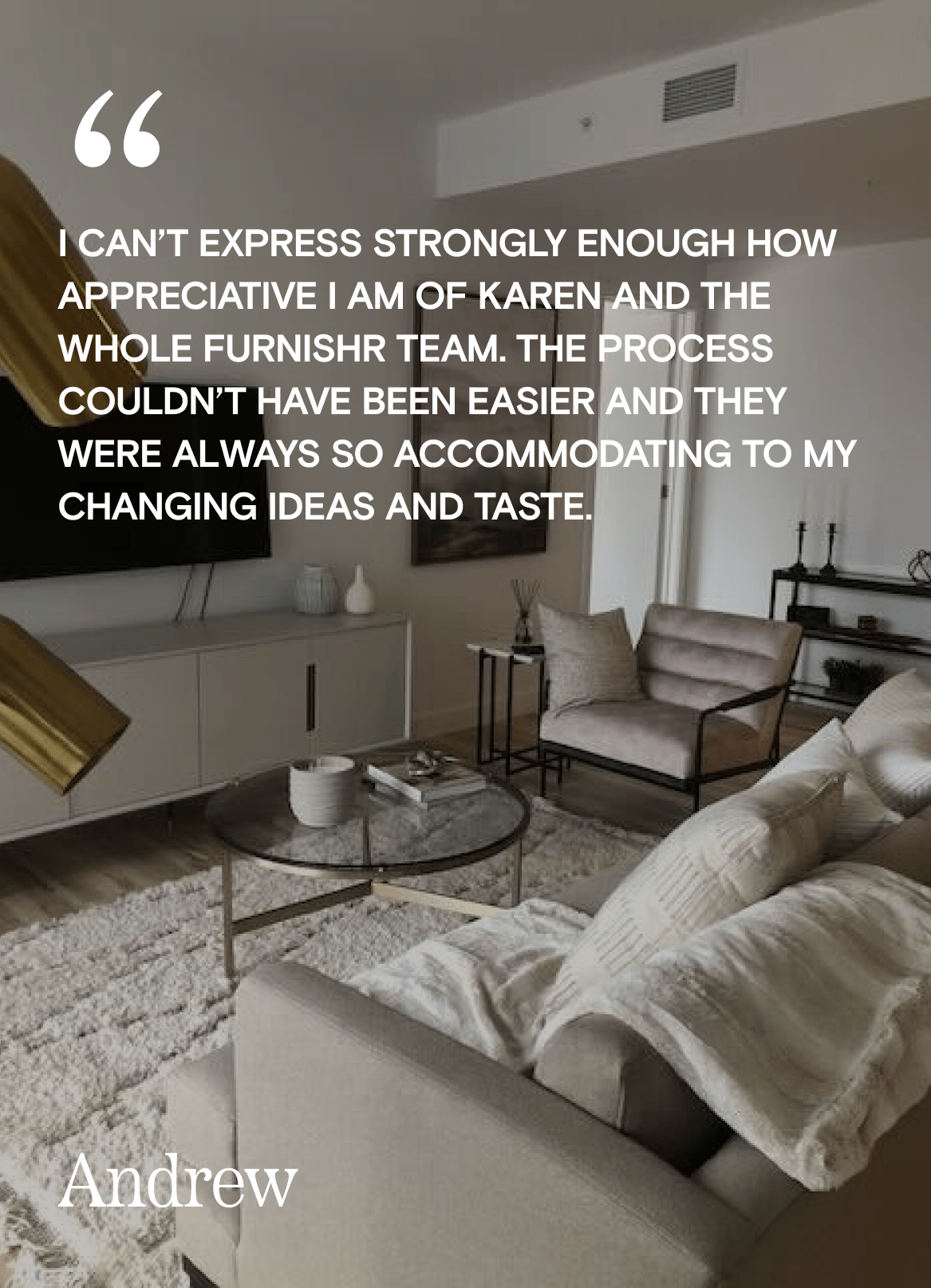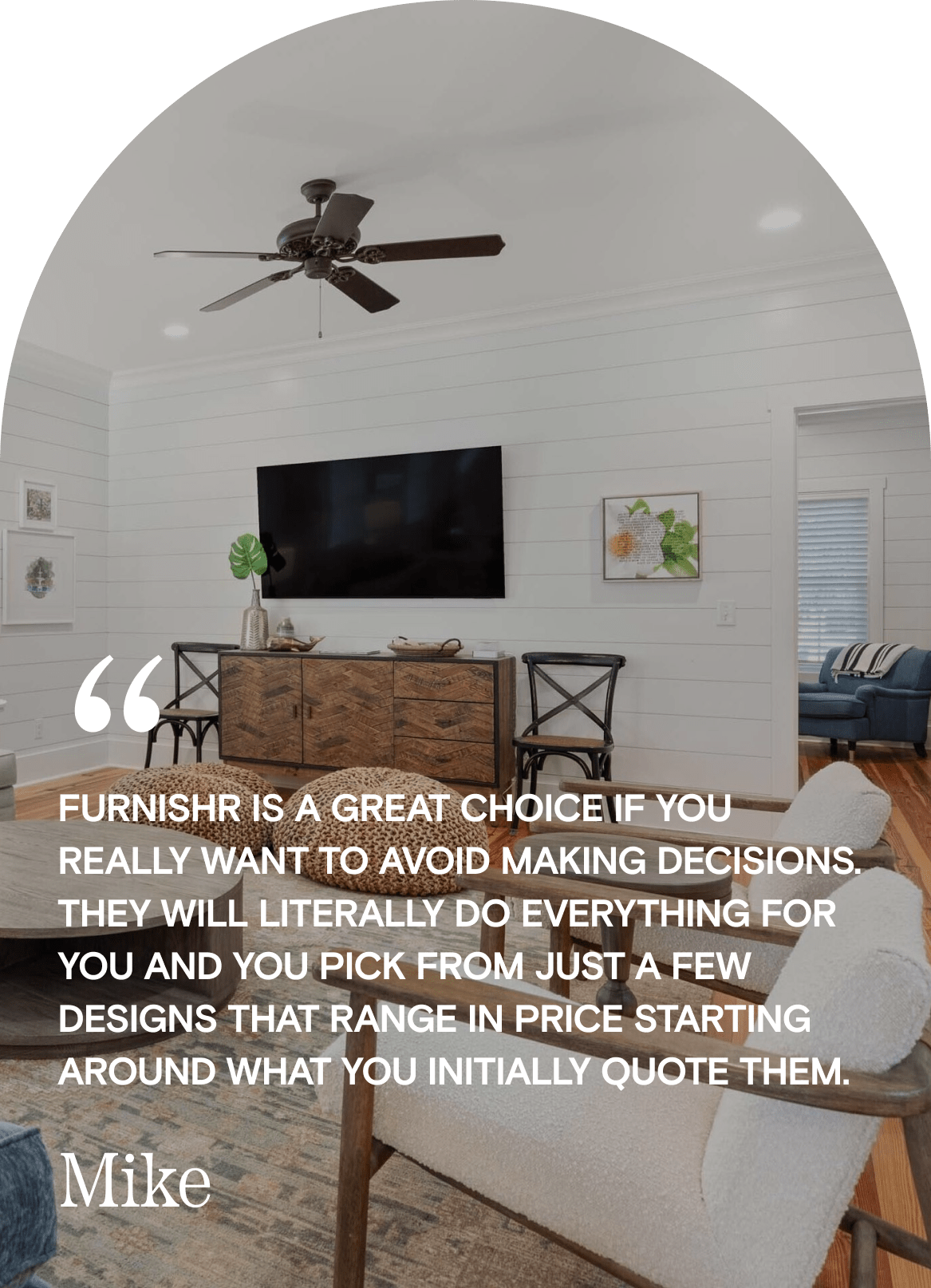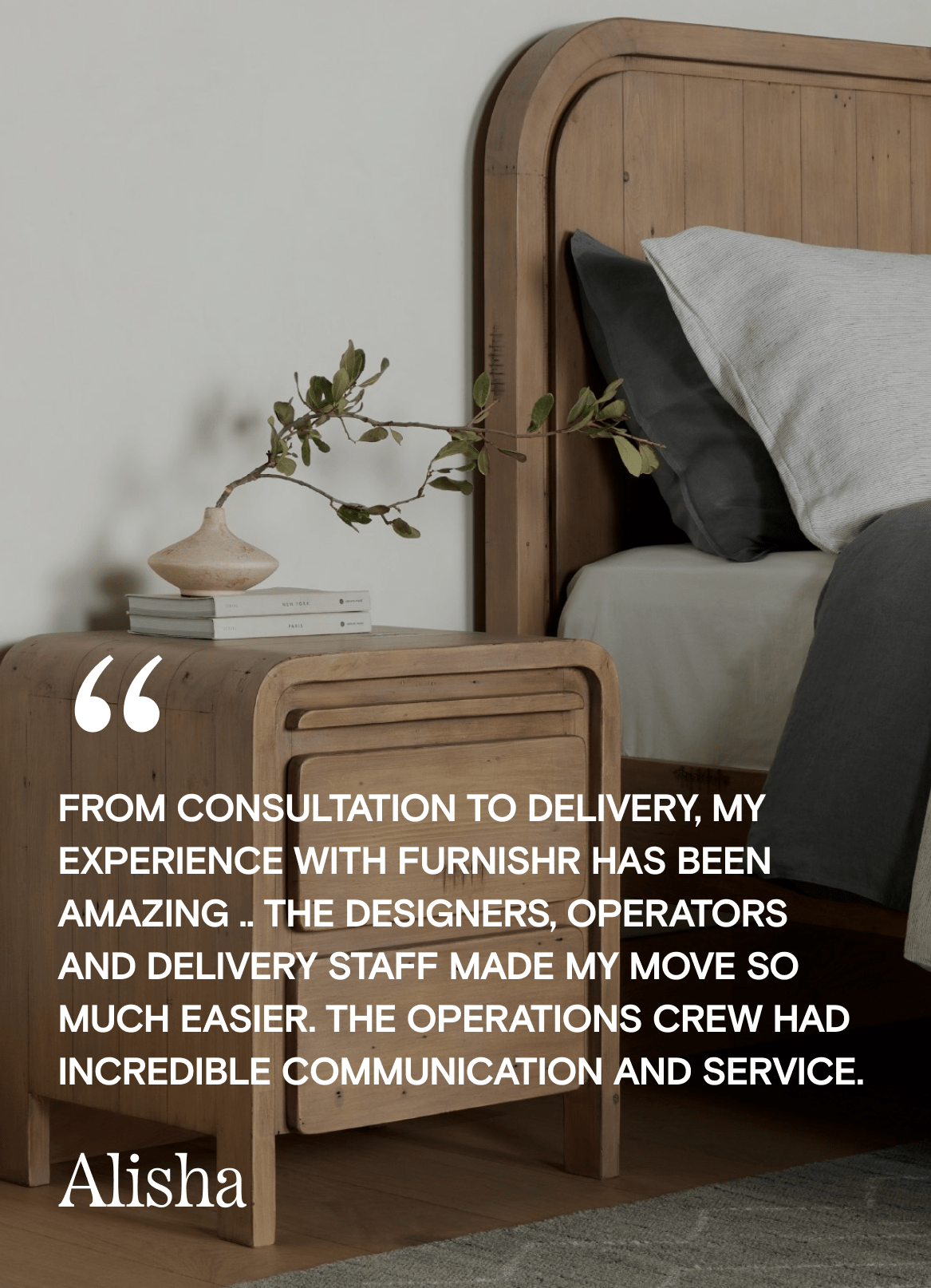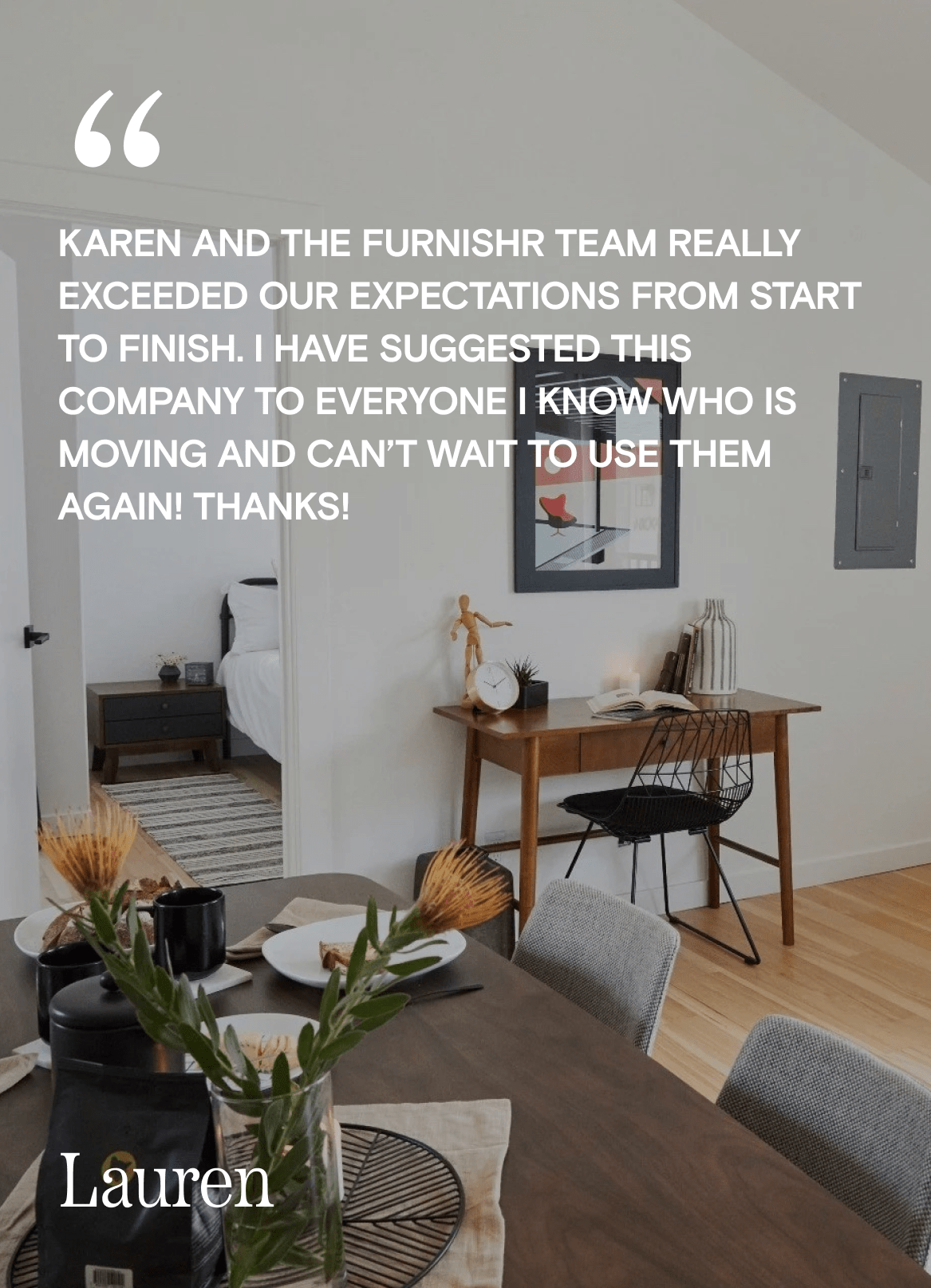4 Ways to Create Beautiful Spaces with Artificial Light
When furnishing space, light is often an underestimated aspect of design. Bigger items like sofas, coffee tables and even pillows and throws are usually intensely deliberated first leaving light an afterthought. Though furniture style is important in making your home pleasing and comfortable, light has a huge influence on beauty and functionality. Lighting has the ability to transform your living space without having to add new furniture or redecorate. It can brightly emphasize a collection of books without disturbing the dim and relaxed feel of a close by reading area. If space is a designer’s canvas, then light is how highlights and shadows are created.
Imagine the flow of light as you move across your living room. What does it say about you? How do you showcase the best features? When designing space there are two types of light to consider: natural and artificial light. While natural light is dependant on the orientation of walls and windows and harder to manipulate, artificial light is unconstrained.
In this article we are going to talk about the types of artificial light and how you can manipulate them to create the perfect ambiance for your home.
To begin, it is worth mentioning the 3 types of lighting:
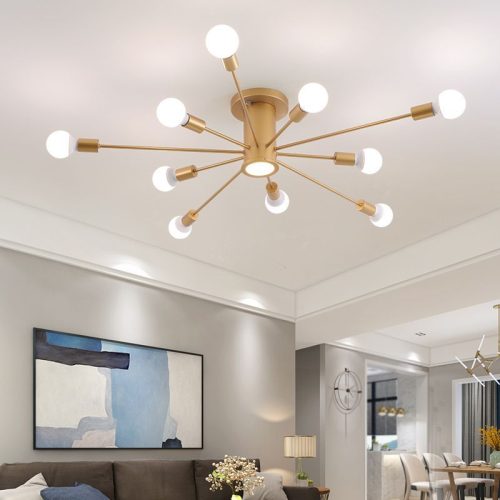
Ambient Light: General lighting that makes your space visible.
Task Light: Lighting for specific tasks like reading, sewing, painting and is directed towards a specific area.
Accent light: Additional lighting to add drama, change moods, highlight details or textures of objects or accessories.
Most people only use ambient light. This is to make their place visible and is purely functional. While Ambient light is necessary, task and accent lighting are great because they can be used together in one area to introduce different moods and create visual interest.
Below are 4 lighting options you can use to create a well balanced space.
1. Recessed Lighting

Recessed lighting is popular because of their versatile use. They can provide both ambient, task or accent lighting depending on their installation.
For ambient light: install the lights in a hallway or living area. Make sure to place enough to brighten these big spaces. The width of each light fixture as well as the height of the ceiling will determine the space between each light.
For task light: install in work stations or corners.
For accent light: install near art, bookcases or collection items for wall washing or wall grazing effects. Both washing and grazing are techniques used to emphasize walls or certain objects in the room.
For wall washing, mount the lights on a ceiling so that the beam of light falls at a wide angle. For wall grazing position on either the floor or ceiling to cast the light at a narrow angle. The object and size will determine placement of lighting. Consult a designer to see which technique is best for what you want to showcase and for their specific placement.
Recessed lighting makes your home appear bigger because the fixtures take up less space. They are flush against the ceiling or can be hidden behind certain architectural features.
Mood: Intimate and cozy.
2. Pendant Lighting

Pendant lighting are lights that hang or are suspended from the ceiling. These types of light can be ambient or task depending on whether they are inverted or downlight.
Inverted pendants direct light up and provide ambient lighting. They are similar in style to semi-flush-mount lights except that they are suspended.
Downlight pendants direct light downwards and provide direct task lighting.
To install in a living area: If you have a high ceiling – install an oversized pendant for ambient light.
If you have a low ceiling – install a few feet above a coffee table for a casual lounge feel. There are various rules to how low a pendant should hang and that depends on factors like the purpose of the light, size, and ceiling.
Mood: Sophisticated and artistic.
3. Track Lighting
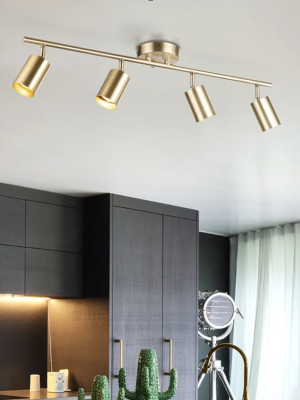
Though it is argued that track lighting isn’t at the top of a designer’s list for styling it does have a place in modern design. Because they are aesthetically and functionally flexible, they are an excellent choice with endless applications.
Track lighting can be both accent or task.
Their direct light can be manipulated towards work stations and offices or to highlight certain pieces of furniture or artwork.
You can run a track across the hallway ceiling with heads pointing in both directions to highlight the artwork on both sides of the wall.
If you have a rectangular space you may also run tracks along the perimeter of the room and install the lighting wherever you see fit: over a sofa or a coffee table. Their adjustable and rotating heads are great for users who enjoy re- arranging furniture.
Heads are available in mini, small or large sizes and are usually manufactured in specific lengths (4 or 8 foot sections). They can be joined via connectors in a straight line, L or T shape.
With multiple designs and finishes, track lighting can look industrial, sleek and contemporary or minimalistic and subtle.
Mood: Playful and bright.
4. Floor Lamps
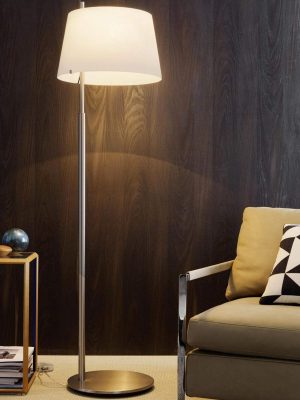
Usually cramped between chairs or cast away in corners, floor lamps are stand alone master pieces that don’t get the appreciation they deserve. They cast light in difficult to illuminate areas like the centre of rooms and dark corners. They also give the illusion of height, especially around low setting furniture.
Floor lamps are excellent for ambient or task.
For ambient light: position in corners or edges of the room with a shade that diffuses the light outward. A torchiere floor lamp is ideal as it reflects light off of the walls and ceiling.
Consider placing an ambient floor lamp beside or behind your T.V to minimize the contrast in a dark room. This helps with eye strain when enjoying your favourite program.
For task light: position beside or behind you when seated. Select lamps that focuses light narrowly downward such as arc or pharmacy lamps.
Consider arranging a task lamp beside or behind a drafting table for maximum focused light for precise and technical drawings. This is not only functional but is also aesthetically pleasing.
Be sure to take into account the size of the room when deciding whether you want your lamps to match or not. Matching floor lamps are ideal in a smaller room to prevent a cluttered looking space while mixing and matching are great for larger areas. Keep in mind when mixing that you still create harmony among your lamps whether they are similar in gold hardware, structure height or texture.
Mood: comfortable and warm.
No matter what room you are looking to style, these 4 lighting options can be used to personalize your home. With mass produced furniture, homes are looking increasingly similar in style and decor. What makes your space special is how light is used to emphasize items that are important to you and uniquely you. Lighting is a playful way to change it up and bring a fresh new perspective without having to re-invest in furniture or plan out renovations. Experiment with light and the various techniques to see what you can create in your own home.



